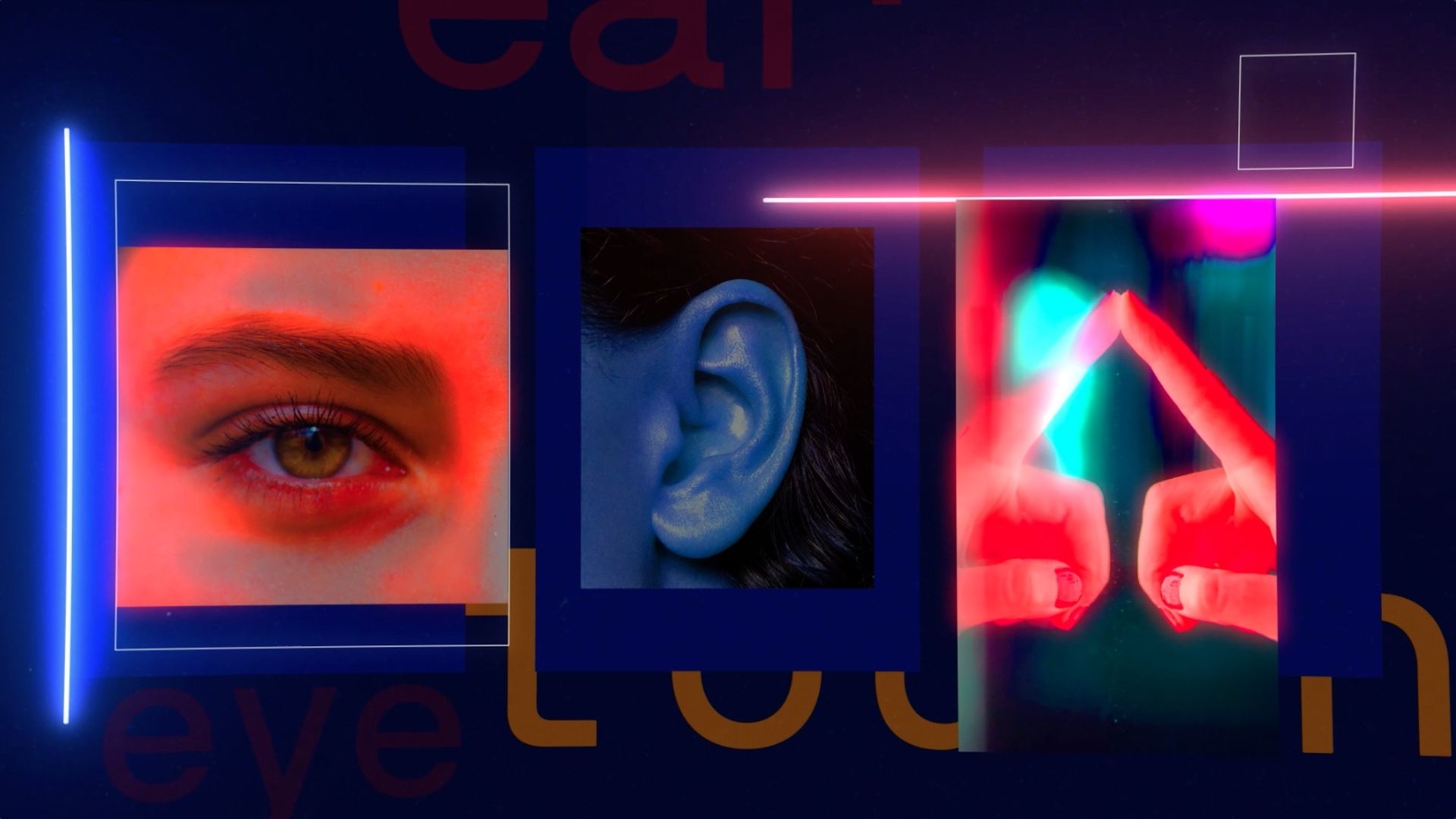| |
| |
| |
| Presented By Meta |
| |
| Axios AM Deep Dive |
| By Mike Allen · Jun 11, 2022 |
| Good afternoon, and welcome to our Deep Dive on how the metaverse will come together, led by Axios Login author Ina Fried and the Axios tech team. Smart Brevity™ count: 1,354 words ... 5 minutes. |
| |
| |
| 1 big thing: Inside the metaverse |
 |
|
| Illustration: Shoshana Gordon/Axios |
| |
| The metaverse — the virtual dimension the tech world sees as the next big thing — won't have one big grand opening. - Instead, it's coming to life in pieces all around us, in research-lab breakthroughs as well as within products available now, Axios' Ina Fried reports.
Why it matters: These early glimpses give consumers, activists and legislators a chance to weigh in now on what they like and don't like, shaping the digital future alongside the companies building it. Catch up quick: Most visions of a metaverse imagine a persistent, immersive digital space shared by many companies and individuals. - Meta executives Mark Zuckerberg and Andrew Bosworth have described the metaverse as "the embodied internet." That typically involves putting on a headset and completely immersing yourself in a virtual world.
But that won't be the only way to experience the metaverse. - Another is via augmented-reality glasses, ideally as light as standard glasses today, with digital objects appearing over a view of the real world.
- Other devices that could usher us into the metaverse include everything from contact lenses to gloves.
The gadgets we use today won't disappear. For reasons of convenience, affordability or personal preference, people will also engage with this more immersive world through their laptops and phones as well. - While some of the needed technology is available and other parts are working just fine in labs, breakthroughs are still needed in display technology, miniaturization and battery life to create headsets that are comfortable, affordable and able to run for more than a couple hours at a time.
The big picture: As these pieces of metaverse tech get designed and tested in real life, the industry will discover unforeseen new uses for them — and discard some of our present visions as impractical. - Both the tools' evolution and users' experiences will shape which metaverse future comes true: remote workplace, vast digital playground, utilitarian information source, or something as yet unimaginable. Or all of the above.
Reality check: Today's metaverse tech is evolving in pieces in another sense. So far, we're getting a bunch of competing proprietary worlds rather than the grand vision of a single shared dimension. Go deeper. |
    |
| |
| |
| 2. Pay attention to the optics |
 |
|
| Illustration: Annelise Capossela/Axios |
| |
| The most immersive metaverse experiences all require new types of display technology to put images directly in front of the eye, Ina reports. The big picture: Replacing computer and phone screens as the primary window onto a digital world won't be easy, thanks to limits on miniaturization and battery capacity. We're likely to end up peering into the metaverse using three broad categories of display: 1. Immersive headsets: There are plenty of VR headsets on the market, ranging from inexpensive options like Meta's Oculus Quest 2 to far more expensive devices, including models from HTC Vive and Varjo. - But today's offerings are bulky, run out of power fast, and induce motion sickness after prolonged use. The best models still cost thousands of dollars, while more affordable choices provide less-sharp displays.
2. Augmented reality glasses: These lighter-weight devices layer digital data over a lens that lets you see normally. - Like the bigger headsets, these glasses are still expensive, heavy and prone to run out of power. Also, right now, they provide only a narrow field of view where digital objects can be placed.
3. Smart contact lenses: A device worn in your eye could be lighter and less cumbersome than the alternatives. - But making that work will require even greater miniaturization and battery wizardry than headsets or glasses.
- None has yet reached market.
Go deeper. |
    |
| |
| |
| 3. Spatial audio: Soundtrack of the metaverse |
 |
|
| Illustration: Natalie Peeples/Axios |
| |
| Immersion in a digital world depends on sound as much as on vision. Developers are banking on spatial audio as the key to making that work, Ina reports. - It places audio in three dimensions, so when you turn your head, sounds change direction and volume just as they do in real life.
State of play: Spatial audio is very much here today and finding its way not only into VR headsets but also into standalone earbuds, including Apple's AirPods Pro. - Spatial audio adds another dimension — literally — to all kinds of experiences, from gaming to watching movies to online meetings.
It's particularly impressive when applied to large groups, such as video conferences. On a traditional call using Zoom or FaceTime, every speaker is roughly the same volume — and when two people talk at once, it's impossible to hear anyone. Spatial audio changes the equation. It allows people to sound nearer or closer to one another. One person can even whisper something to a neighbor without disturbing other participants listening to the main speaker. Share this story. |
    |
| |
| |
| A message from Meta |
| Doctors can practice high-risk situations risk-free in the metaverse |
| |
 |
| |
| In the metaverse, future surgeons will be able to practice advanced procedures hundreds of times before seeing real patients — helping them gain experience and master their skills. The metaverse may be virtual, but the impact will be real. Learn how Meta is helping build the metaverse. |
| |
| |
| 4. Holograms: Another gateway to the metaverse |
 |
|
| Illustration: Lindsey Bailey/Axios |
| |
| Holograms allow the display of a high-quality, three-dimensional digital representation of a person without the need for viewers to wear a headset. State of play: It's more real than you might think. There are a variety of holographic display systems on the market and even more impressive technology within tech companies' labs, Ina reports. How it works: Also known as 3D video or volumetric video, holograms can be captured either by using an array of cameras or by capturing a light field array of the subject. The images can then be recreated using projectors or on special holographic displays. - One I saw was a system by ARHT Media that has telepresence holograms set up in WeWorks across the country, including San Francisco. You can watch a video of that system in action here.
- Earlier this year, my colleague Jennifer A. Kingson tried out a rival system, PORTL.
- Google showed an even more advanced video hologram booth, dubbed Project Starline, at its Google I/O developer conference last year. Employees have been trying the technology, but Google hasn't announced plans for public testing.
- Microsoft has also been showing holograms, beaming its executives onstage at various events, including last year's Ignite conference.
Share this story. |
    |
| |
| |
| 5. Video: What we're watching |
 |
|
| Screenshot: Axios Videos |
| |
| It could take eight to 10 years for the metaverse technology to become a mainstream reality. |
    |
| |
| |
| 6. How crypto fits in |
 |
|
| Illustration: Allie Carl/Axios |
| |
| New blockchain-based systems promise to bring a different piece of the metaverse to life: private ownership of virtual real estate, Axios' Brady Dale reports. The big picture: The digital dimension could evolve as a sort of open-world video game and 3D hangout supported by entry fees or maybe ads. But cryptocurrency enthusiasts envision it as a place where users truly own digital land. - Users already own digital land in various worlds. In Q2, $800 million of virtual land was sold across multiple worlds, according to the team at Parcel, a sort of Zillow for metaverse real estate.
How it works: Land is sold as a non-fungible token, or NFT, in the metaverse. If you enter a crypto-based world with an NFT that signifies you own a certain parcel of land, you have privileges over that hunk of digital space. |
    |
| |
| |
| 7. Pitfalls of the metaverse |
 |
|
| Illustration: Brendan Lynch/Axios |
| |
| Metaverse builders will have to try to maintain safety across a virtual landscape even larger than today's internet, Axios' Ashley Gold reports. The catch: So far, the technology is only blurring the lines of who is responsible for policing it. The big picture: Regulation failed to keep up with technology as the internet became a dangerous place for many people — most often women, LGBTQ+ people and people of color. Metaverse pitfalls include: - Privacy: The U.S. still doesn't have a comprehensive data privacy law. It's not clear how existing privacy regulations would apply to the metaverse and protect individual data from commercial exploitation or personal abuse.
- Loneliness: Overuse of the technology is likely to prove alienating Today's complaints of "screen addiction" could morph into tomorrow's "metaverse addiction" scare.
- Security: Bad actors will try to duplicate every kind of internet exploit and scam in the metaverse.
- Harassment: Being harassed in the metaverse is a real threat some are already seeing play out. Last month, a researcher studying user behavior in Meta's Horizon Worlds said her avatar was raped "within an hour" of putting on her VR headset, per a report from advocacy group SumOfUs.
- Misinformation: Online services find limiting mis- and disinformation by scanning written text a tough enough problem. In the metaverse, where more communication will be audiovisual, that job will only be harder.
Go deeper. |
    |
| |
| |
| A message from Meta |
| The metaverse may be virtual, but the impact will be real |
| |
 |
| |
| Meta is helping build the metaverse so aviation mechanics will be able to practice servicing different jet engines — preparing them for any complex job. The result: A more skilled workforce. Learn more about what Meta is building in the metaverse. |
| |
 | It's called Smart Brevity®. Over 200 orgs use it — in a tool called Axios HQ — to drive productivity with clearer workplace communications. | | |












No comments:
Post a Comment